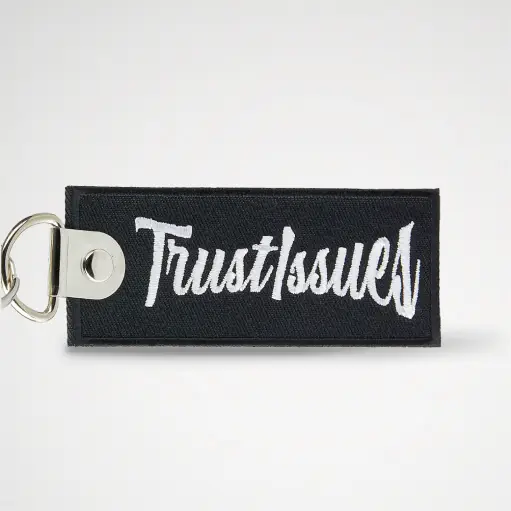How to Create an Inventory Management System that Scales As You Grow
Creating a scalable inventory management system is crucial for new and small companies looking to grow quickly. Unfortunately, finding a system that works and will keep working as the company grows can be a challenge. So what’s a small business to do?
Start with reading these five ways to create an inventory management system that scales as you grow, then take a closer look at the benefits of on-demand manufacturing and how it can help your business scale quickly without the overhead.
Five Ways to Create a Scalable Inventory Management System
Inventory management is the process a retailer uses to manage its product inventory by tracking what comes in from manufacturers and what goes out in sales and loss. Streamlining this process into a scalable inventory management system really comes down to five simple steps.
Keep Inventory Levels as Low as Possible
Inventory is one of the largest controllable costs for retailers. Keeping a high inventory is a good idea if you have very high inventory turnover. But if you’re just starting out or your business is still small, keeping a low inventory might be your best bet. Using on-demand manufacturing services is one way to make sure you have only what you need and maintain low manufacturing and inventory costs as you scale your business.
Keep an Eye on Sales Projections
How much inventory do you need? When will you need it? How fast will it sell out? Creating and maintaining a solid sales projection will help you determine all of these factors and help you figure out your ideal inventory level. Sales projects for new companies can be tough, but using retail industry forecasts can be helpful for seeing the bigger industry picture.
Use an Open-to-Buy System, or OTB
OTB is an inventory planning and budgeting system that allows companies to quickly determine the level of funds available for purchasing or manufacturing inventory. The goal is to make sure the company has enough inventory for the next month based on the stock and number of sales from the current month. An OTB calculation looks something like this:
Planned Sales + End-of-Month Inventory – Next Month’s Inventory Need = Open-to-Buy (OTB)
Account for Inventory Shrinkage
Inventory shrinkage – or “shrink,” as it’s commonly referred to in the retail industry – is caused by mismanagement of inventory, theft, and incorrect data entry. But shrink severely cuts into a company’s bottom line. As part of your scalable inventory management system, you should implement specific processes for minimizing inventory shrinkage.
There are several ways to manage shrink, but the three best ways are to (1) keep to a regular manual inventory cycle count schedule, (2) check through return and exchange transactions at the end of each day to make sure they were done correctly, and (3) follow your instincts when it comes to losses that could be internal.
Use On-Demand Manufacturing, or ODM
Maintaining healthy relationships with your vendor partners is one of the best ways to manage your inventory. Strong partnerships will create an environment where a scalable inventory management system is possible, since you’ll get more leeway when things don’t go exactly as planned.
Using on-demand manufacturing, or ODM, is a way to have the best of both worlds: high-quality manufacturing and the exact amount of product you need. With no minimum order requirements (MOQs) and quick turnaround times, THE/STUDIO makes it easy for you to get exactly what you need, when you need it.
To learn more about ODM and THE/STUDIO, read our story.







